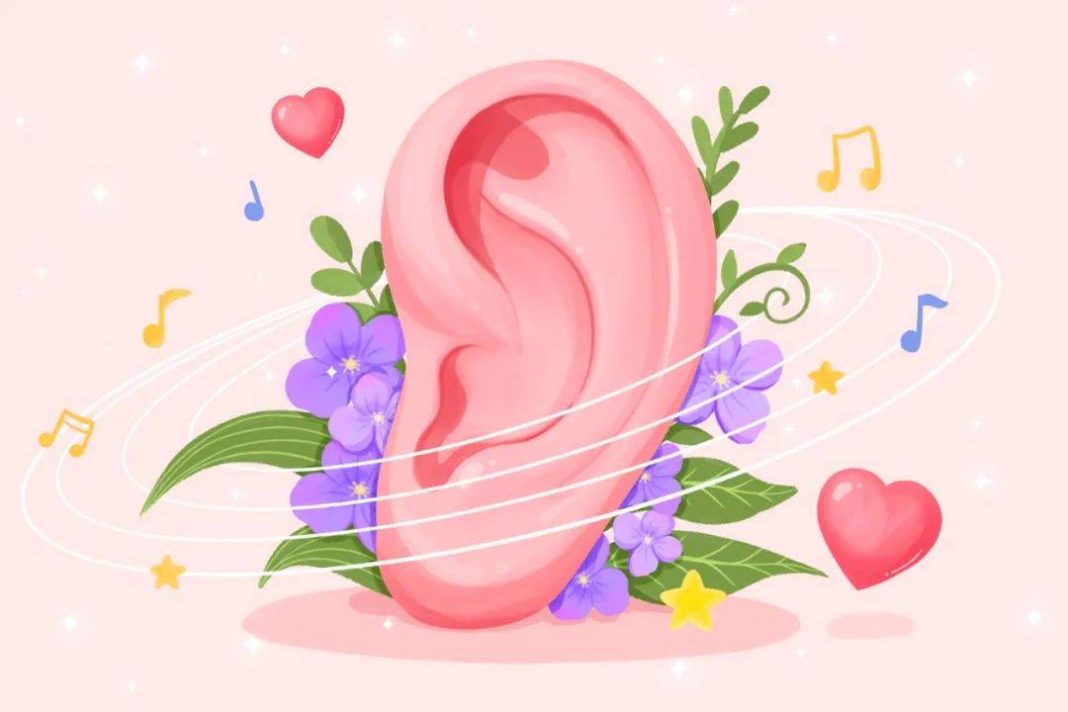In life, some elderly people like to turn up the volume when watching TV or browsing short videos; when chatting with others, they tend to speak louder and often digress from the topic; when communicating with their children, parents often need to be repeated several times before they understand the meaning… If these situations occur in elderly people, it may indicate hearing loss.
Hearing loss can bring various risks
Elderly hearing loss refers to the overall decline in auditory function in people aged 60 and above due to aging, ear diseases, genetics, noise damage, ototoxic drugs, metabolic diseases, and unhealthy lifestyle habits.
Many elderly people consider it normal to have poor hearing as they age. In reality, not being able to hear is not just a “hearing” issue. Some elderly people gradually refuse to engage in conversations with others because they can’t hear clearly or misunderstand what others say, leading to concerns about misinterpretation; others, due to severe hearing loss, can only see people’s lips moving but can’t hear what is being said, leading to suspicion, irritability, and frustration. Over time, elderly people may feel lonely, leading to anxiety, depression, and other mental health issues, even causing social isolation.
In addition, hearing loss increases safety risks, such as not hearing car horns on the street, which can lead to accidents due to not being able to react in time. More and more studies have found a close relationship between hearing loss and cognitive decline in the elderly, and protecting hearing is considered an important step in preventing dementia in old age. Besides aging, chronic conditions like hypertension and diabetes can exacerbate hearing loss in the elderly, and these patients should be particularly vigilant about hearing loss issues.
Self-test your hearing with these methods
The human ear can perceive frequencies ranging from 20 to 20,000 hertz, with the frequency range for everyday speech typically between 500 and 3000 hertz. Age-related hearing loss often begins in the high-frequency range and gradually extends to the mid-to-low frequency range. Sounds like a mosquito buzzing or fingers snapping are common high-frequency sounds, while the humming of a refrigerator or exhaust hood is a low-frequency sound.
How can we determine if our hearing is good? Here are some simple self-testing methods you can use in daily life:
Rub your thumb and index finger next to your ear and listen carefully for the sound of the fingers snapping;
Hold a watch (an analog or mechanical watch) next to your ear and see if you can hear the ticking of the second hand;
Crumple a plastic bag, tap on a table, and see if you can hear these sounds.
Tips
If you have trouble hearing or understanding others in noisy environments, need to turn up the volume when watching TV or using your phone, and certain sounds are unclear after using the self-testing methods mentioned above, you may already have hearing loss and should seek medical attention promptly.
Source: Shanghai Popular Science Education


